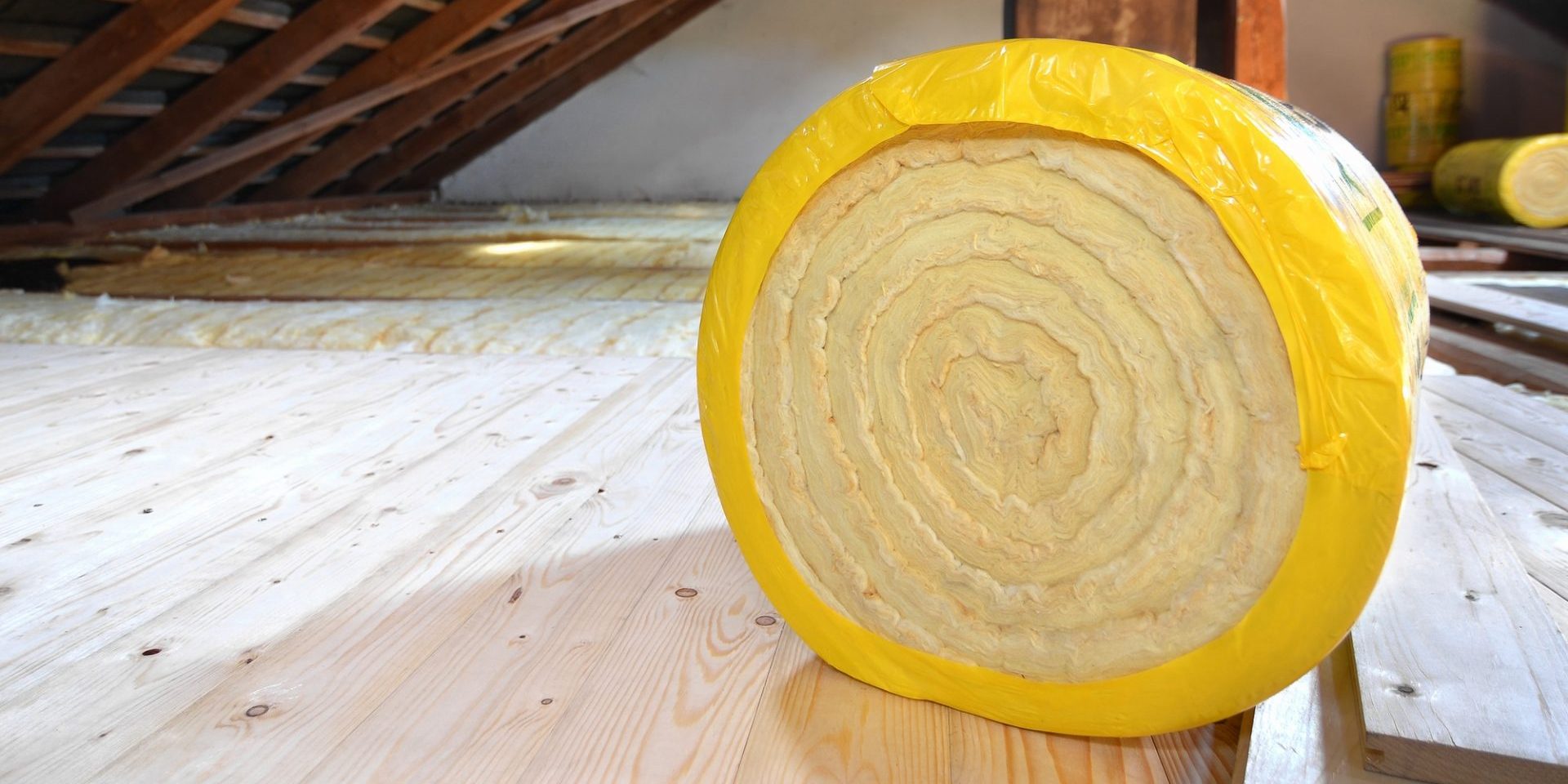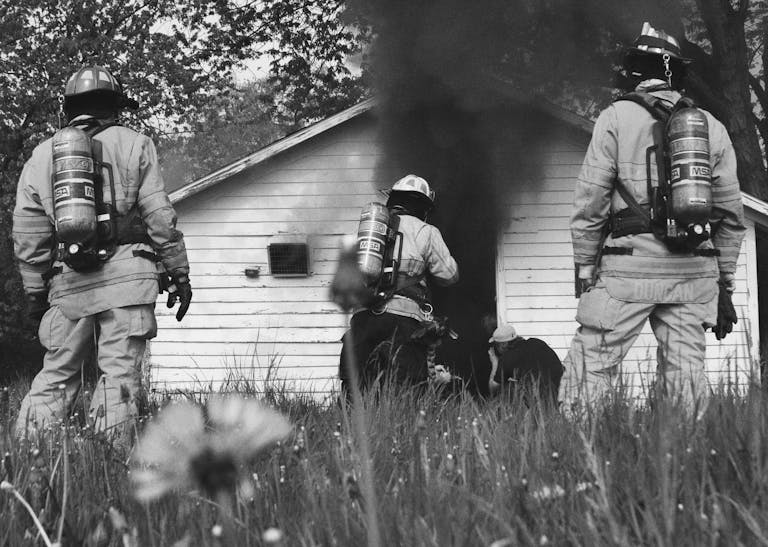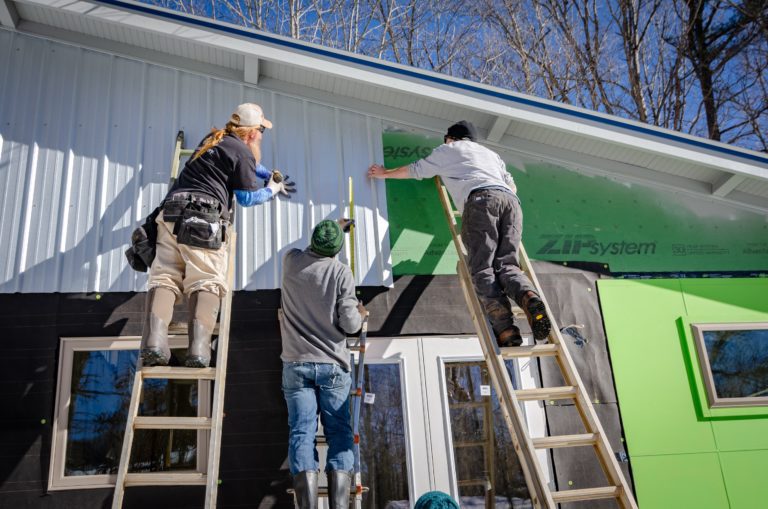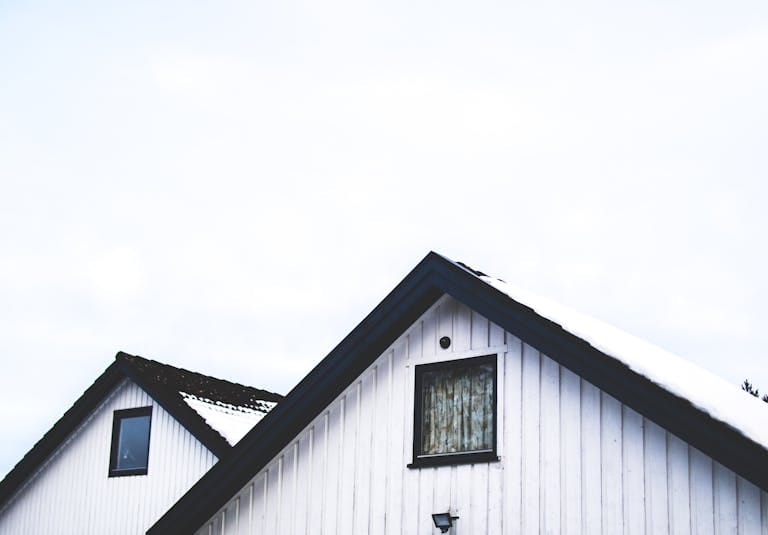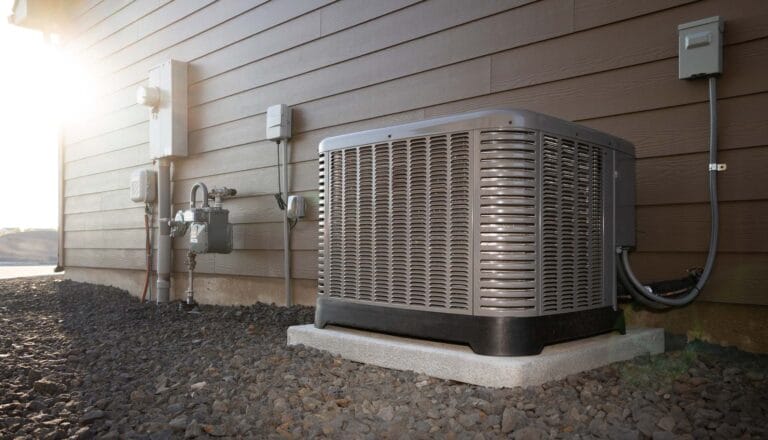
The next thing you know is Bermuda shorts, barbecues, and a weekend at the lake for the lucky few. Then the leaves turn golden and fall, pumpkin spice fills the air, and everyone starts talking about the holidays. But the season brings a bitter cold front and a burlap sack full of rain, wind, and snow in some places.
Of course, there will be snowball fights, hot chocolate, and cozy nights. Sitting at home with chattering teeth and frozen feet isn’t much fun when the wind blows through the house and draughts drive under doors.
Texas is a warm area, but when the winter wind comes, it still brings chill and coldness to its residents. Thus, it’s still necessary to ‘”winterize” your home to preserve all the warmth inside and enjoy winter without freezing from the cold.
Home Insulation Tips for the Winter
Many homeowners need clarification as to why their home isn’t comfortable in the winter, and this is because winter wreaks havoc on your home regardless of how good or bad it is. Here are ten things you should insulate before winter arrives to ensure your home is comfortable and safe this winter.
Insulate Your Attic
Because your attic has little to no insulation, all the heat, you pay to treat escapes through the roof. Heat rises, and having a poorly insulated attic is equivalent to going outside in winter without a hat.
If you want an energy-efficient home, insulate the attic with spray foam insulation, and this can help prevent treated air from leaking and your furnace from running continuously. When your furnace does not run continuously, you save money on your monthly energy bills.
Making sure this space is properly insulated is one of the best winter insulation tips. Inspect your attic every fall, and check the insulation is still in place and hasn’t settled or been disturbed by pests. Ventilation is important to avoid condensation buildup.
Heat rises, and you must ensure your attic space is insulated correctly. Inspect empty corners and shallow areas where installation may be necessary. Keep in mind that your attic requires ventilation. Otherwise, condensation forms and can cause issues. Close vents without first consulting a professional.
Insulate Your Walls
Like in the attic, adding insulation to a home’s walls can reduce the energy required to heat or cool the space, resulting in lower utility bills. Furthermore, because insulated walls block sound better, they can provide residents with more privacy.
Heat naturally moves from warmer to colder areas, meaning the heat in your home will seek out cooler spots when it gets cold this winter. Cavity wall insulation is standard in modern homes. However, it is far from certain in older properties, which is why this is such a common place for the house to lose heat.
Some houses lacked insulation in their wall cavities. Cavity wall insulation can help you save money. If you want to save money on your utility bills, the best option is to blow insulation into the wall cavity. Loose-fill cellulose or fibreglass can be used for cavity wall insulation, and a professional contractor is required.
Insulating your walls is integral, but you can also insulate solid walls.
Insulate Your Crawl Space
Adding insulation to a crawlspace, whether ventilated or unventilated, can be wise for an energy-conscious homeowner. Insulated crawlspaces help retain heat throughout the house and keep pipes and ductwork within the crawlspace from freezing, even when outdoor temperatures are shallow.
When was the last time you walked barefoot on your lovely hardwood floors?
This can affect any of your floors since your crawl space lets in cold air, which makes your floors cold. Frozen pipes are a nightmare, while cold floors are a nuisance. Spray foam insulation in your crawl space, and rim joists can prevent these.
The benefits of creating a conditioned crawl space range from warming up cold floors to saving money on monthly energy bills. Adding attic insulation improves energy efficiency, and wall insulation improves comfort, but the crawl space addresses both.
Insulating the crawl space is essential for keeping your ductwork warm in the winter and cool in the summer. As a result, your home will have a better distribution of heat and air conditioning. It may take a few minutes for your home’s water to heat up on a cold winter day. The water in the tank is warm, but the pipe is cold due to a lack of insulation. The same happens with heating and cooling ducts; spray foam insulation eliminates this problem.
Insulate Your Basement
Insulation in this area of the house is often overlooked, but it can provide significant benefits to a homeowner. Insulation in a finished basement can transform the space into a suitable living space, increasing the home’s square footage. It is possible to install insulated floors in an unfinished basement to help keep the house warm.
If you use proper floor insulation, you may be fine with insulating a rarely used basement area. However, if you want to control the temperature in your basement, you’ll need proper insulation for your foundation walls. Remember that this should also include proper moisture barriers to avoid later problems.
If walking on your basement floor feels cold, you need more insulation. Insulate the flooring and walls to make the space more comfortable and to reduce the amount of work your HVAC system has to do to heat it.
Check Your Floors
The flooring can still lose a significant amount of conditioned air even though heat rises. In particular, this applies to floors over unheated areas such as garages and basements. Insulation, such as spray, blow-in, or batt insulation, can help protect the heated and cooled air produced by your heating and cooling systems. Insulated floors, once again, can help reduce noise, especially in multi-level homes where residents live on different floors.
Additionally, upper-level expansions should insulate floors exposed to the outside air. You should add insulation to your basement if it lacks even essential insulation.
Insulate Upper Roof Trusses
Roof crawl spaces are typically already insulated, but blown insulation frequently settles around the lower end of those roof trusses over time. The cold from winter will then cause the tops of the trusses to contract while the heated bottom ends begin to expand. Over time, this can cause groaning and creaking noises from your roof and costly structural damage. If your roof has these issues, it’s time to upgrade your insulation.
If there’s one thing you should know about heat, it rises. Examine your roof and loft to determine whether the space has adequate insulation. A properly insulated roof prevents cold air from escaping and keeps your pipes from freezing in the winter.
Once again, this is a job for a professional installer who will be able to advise you on the most effective types of insulation based on the specifics of your roof and loft.
Weather-stripping Doors and Windows
Weatherstripping around doors and windows prevents cold air from entering and warm air from leaving. Small spaces would leak air and cost you money if not weather-stripped. Examine the weatherstripping around your home: if it’s worn or missing, it’s time to replace it.
Even newer windows can have flaws that allow warm air to escape while allowing cold air to enter. Examine your doors and windows for proper weatherstripping and add or replace them to seal your environment.
Insulate Water Tanks and Pipes
Another way to help keep your home warm is to lag the water tanks and pipes and look into installing reflector panels behind your radiators; this will help to reduce the amount of heat lost, and you’ll also notice that hot water will stay hotter for much longer, saving you money on heating water for your home.
Most people can insulate a hot water tank, and you can buy a hot water cylinder jacket and fit it according to the manufacturer’s instructions.
You can insulate pipes with foam tubes, but you’ll need to buy the right size first.
Radiator reflector panels are a low-cost option installed behind the radiator to reflect heat into the room, and they are an excellent choice for installing uninsulated solid walls.
How Can I Improve the Insulation in My Home?
The first step is to speak with a professional to determine what insulation work is required and how much it will cost.
This article will highlight how you can effectively insulate your home for a cold winter, and if you cannot carry out any relevant work, you will require the services of an expert.
Geo-Insulation is an excellent place to begin. Visit our website to learn more about our services.
Insulating your home is an excellent way to help the environment while saving money on your energy bills. Insulation will pay for itself fairly quickly in terms of bill savings, so consider it an investment rather than an outlay. It is okay to put off insulating your home this winter and reaping its numerous benefits.


